So, if you are planning to travel to Korea in the near future, don't just think about "what to eat", but take some time to learn about eating experiences in Korea to have a complete, natural experience and not be "surprised".
1. Banchan culture – Free specialties in every meal
Various banchan dishes – “Free specialties” indispensable in Korean meals. (Photo: Asianinspirations)
One of the most obvious characteristics of Korean dining culture is the side dishes, also known as banchan. When you order any main dish, whether it is rice, soup, or grilled meat, the table will quickly be covered with a series of small plates of kimchi, mixed bean sprouts, dried seaweed, braised potatoes, pickled radishes, etc. Interestingly, most banchan are served for free and you can ask for more if you finish them all.
For Koreans, banchan are not just side dishes, but the soul of the entire table. Understanding this will help you better feel the “community” spirit that is at the core of the Korean dining experience.
2. Eating is about connection – Don’t eat alone if possible
Koreans often eat in groups to share food and bond. This is a characteristic of Korean dining culture. (Photo: Korea Joongang Daily)
Another characteristic of Korean dining culture is connection. Koreans often eat in groups, grilling meat together, sipping soju or sharing a boiling pot of hotpot. This is not just an activity of eating but also a moment of bonding and sharing after a day of work.
So, if you have the chance to eat with the locals, don’t be afraid to immerse yourself in that culture. You’ll find that picking up meat, wrapping vegetables, clinking glasses and saying “geonbae!” (cheers) together will make the meal more Korean than ever.
3. When eating out in Korea, what should you keep in mind about ordering?
In most restaurants, the menu is usually only in Korean. You should learn a few simple sentences to make ordering easier. (Photo: Backpackerlee)
One of the dining experiences in Korea that many Vietnamese tourists share is the feeling of "confusion" when entering a restaurant: There is no English menu, the staff does not speak English, and they do not know how to order.
To avoid embarrassment, you can prepare a few basic sentences like:
- “Show me the menu” (menu juseyo) – Show me the menu
- “What is this?” (igeo mwoyeyo?) – What is this?
- “추천해 주세요” (chucheonhae juseyo) – Can you recommend some delicious food?
Also, keep in mind that many restaurants in Korea serve large portions (for 2 or more people), especially hot pot and BBQ. So if you are going alone, you should choose simple dishes like gimbap, cold noodles, tteokbokki or bibimbap.
4. How to use chopsticks, how to drink alcohol – Small details but very “Korean”
Pouring wine with both hands and turning away when drinking is a polite gesture that Koreans highly value. (Photo: Collected)
An interesting thing in Korean dining culture is the way to hold chopsticks and pour wine. Unlike the wooden chopsticks commonly seen in Vietnam, Koreans use metal chopsticks. At first, it may be a bit slippery, but once you get used to it, you will find it very convenient and clean.
Regarding alcohol, if you are drinking with an elder or your boss, remember to turn away when sipping and use both hands to pour or receive the glass. These actions may seem small but show respect, which is also very important when eating and drinking in Korea .
5. Prices and how to save money when eating out in Korea
From street food to cheap eateries, the cost of eating in Korea is suitable for many tourists' budgets. (Photo: Collected)
A common concern for tourists is what to keep in mind about the cost of eating out in Korea . The good news is that Korea has a wide range of prices to suit different budgets:
- Street food: tokbokki, gimbap, fish cake, hotteok... price from 2,000 - 5,000 won
- Cheap eateries: mixed rice, kimchi soup, spicy noodles... from 6,000 - 10,000 won
- BBQ or hot pot: from 12,000 – 25,000 won/person
- Pub/izakaya: depends on the dish, can be from 20,000 won and up
To save money, you should prioritize eating at traditional markets like Gwangjang, Namdaemun, or try Korean fast food chains (Lotteria, Isaac Toast, BHC Chicken...). In addition, many convenience stores like CU, GS25 also have lunch boxes, noodles, egg rolls... enough for a light meal from only 3,000 won.
(*) Note, the above prices are for reference only, because depending on the area and dining location, the prices will be different.
6. Dos and Don'ts of Eating and Drinking in Korea
How to hold chopsticks and behave at the dining table shows respect and understanding of Korean culture. (Photo: Collected)
Not only do you have experience eating in Korea , you should also grasp the "sensitive" things in the culture to avoid causing embarrassment:
Should:
- Use both hands when receiving food or alcohol from an older person.
- Wait for adults to start eating first.
- Eat clean, tidy, don't leave too much leftover
Don't:
- Stick chopsticks into a bowl of rice (reminiscent of a funeral)
- Knocking chopsticks on the bowl or slurping soup too loudly
- Use bare hands to handle communal food if gloves or spoons are not available.
Just pay a little attention, you will easily integrate into Korean food culture naturally and win the hearts of the locals much more.
The culinary journey is not only about delicious dishes on the dining table but also about entering the life and soul of a nation. When you understand the dining experience in Korea, from how to order, hold chopsticks, to how to behave during meals, you will find yourself truly living in the daily rhythm of Korean life.
And if someone ever asks you what to keep in mind when eating in Korea , you certainly have enough "baggage" not only to eat well, but also to eat properly and eat with emotion. That is the way to enjoy Korean dining culture to the fullest.
Hopefully some of the dining experiences in Korea in this article will be useful to you, and help you have a more complete trip to Korea .
Source : https://www.vietravel.com/vn/am-thuc-kham-pha/kinh-nghiem-an-uong-tai-han-quoc-v17538.aspx



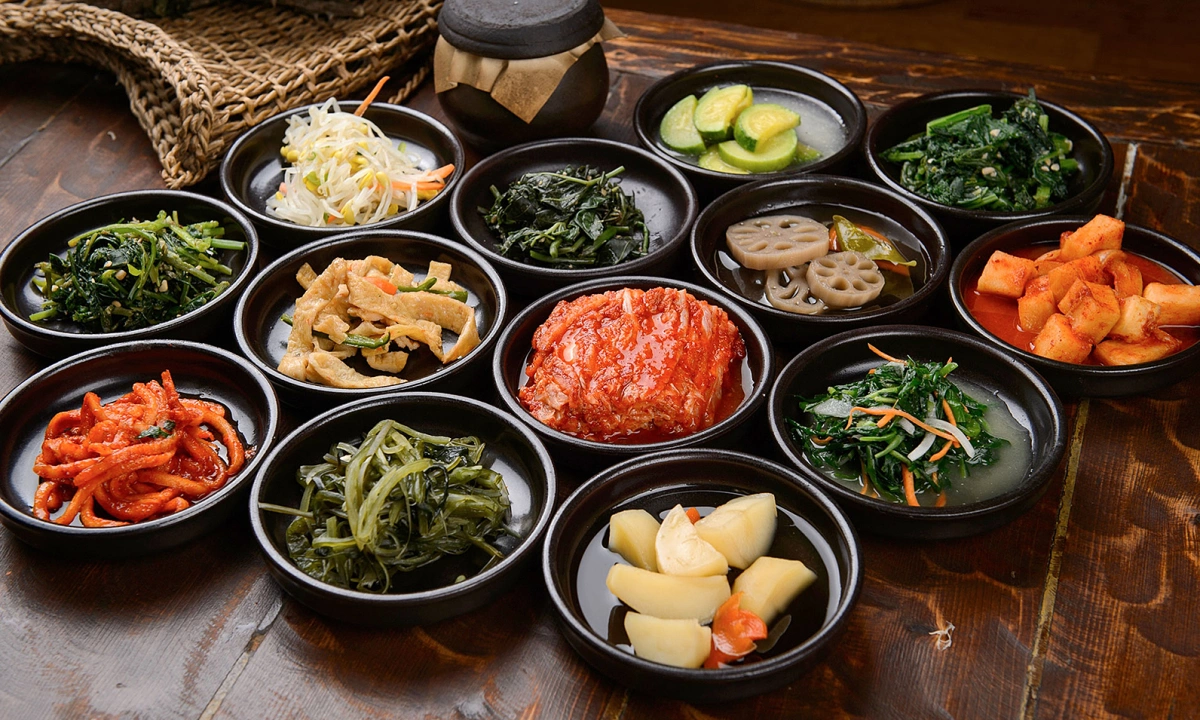
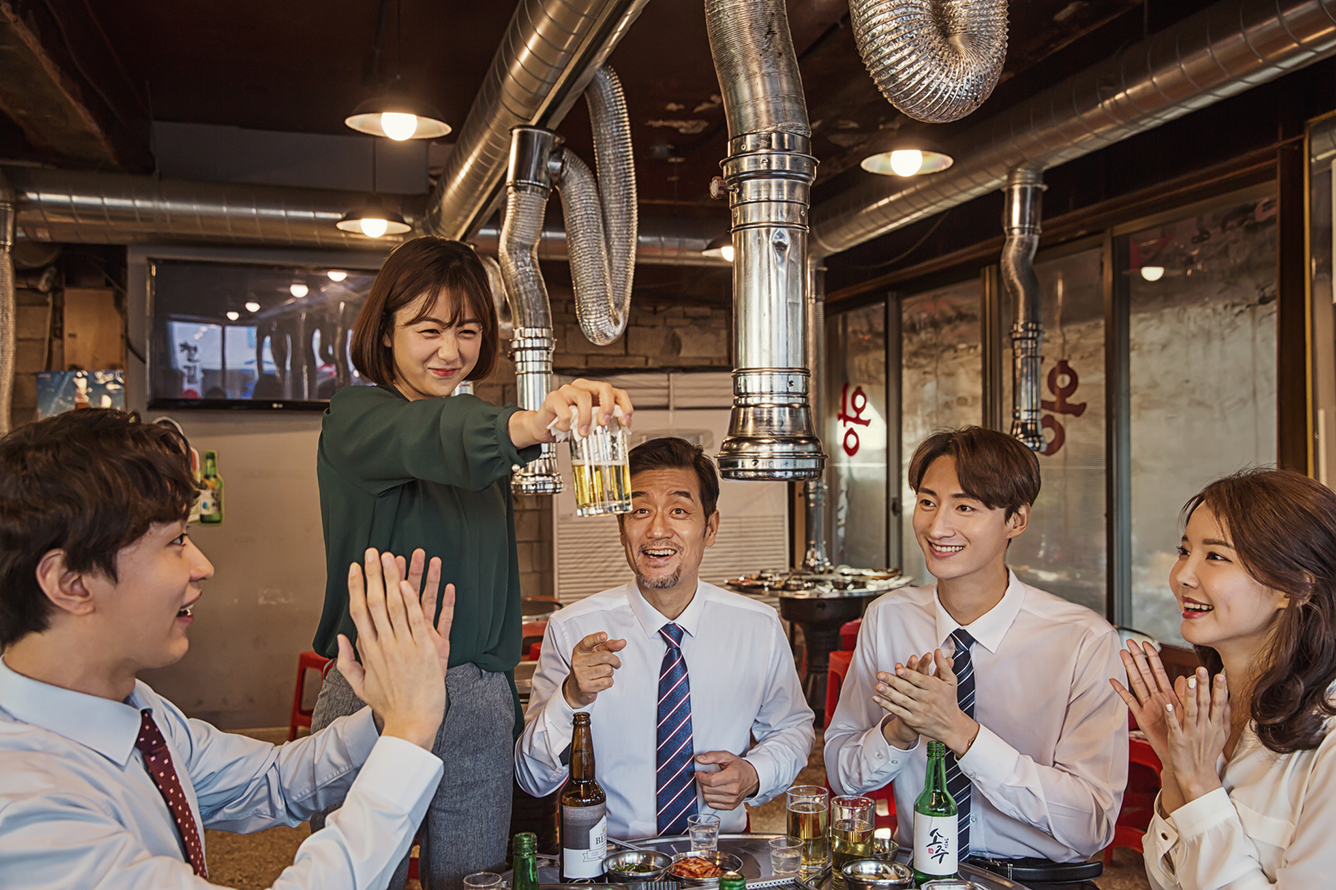
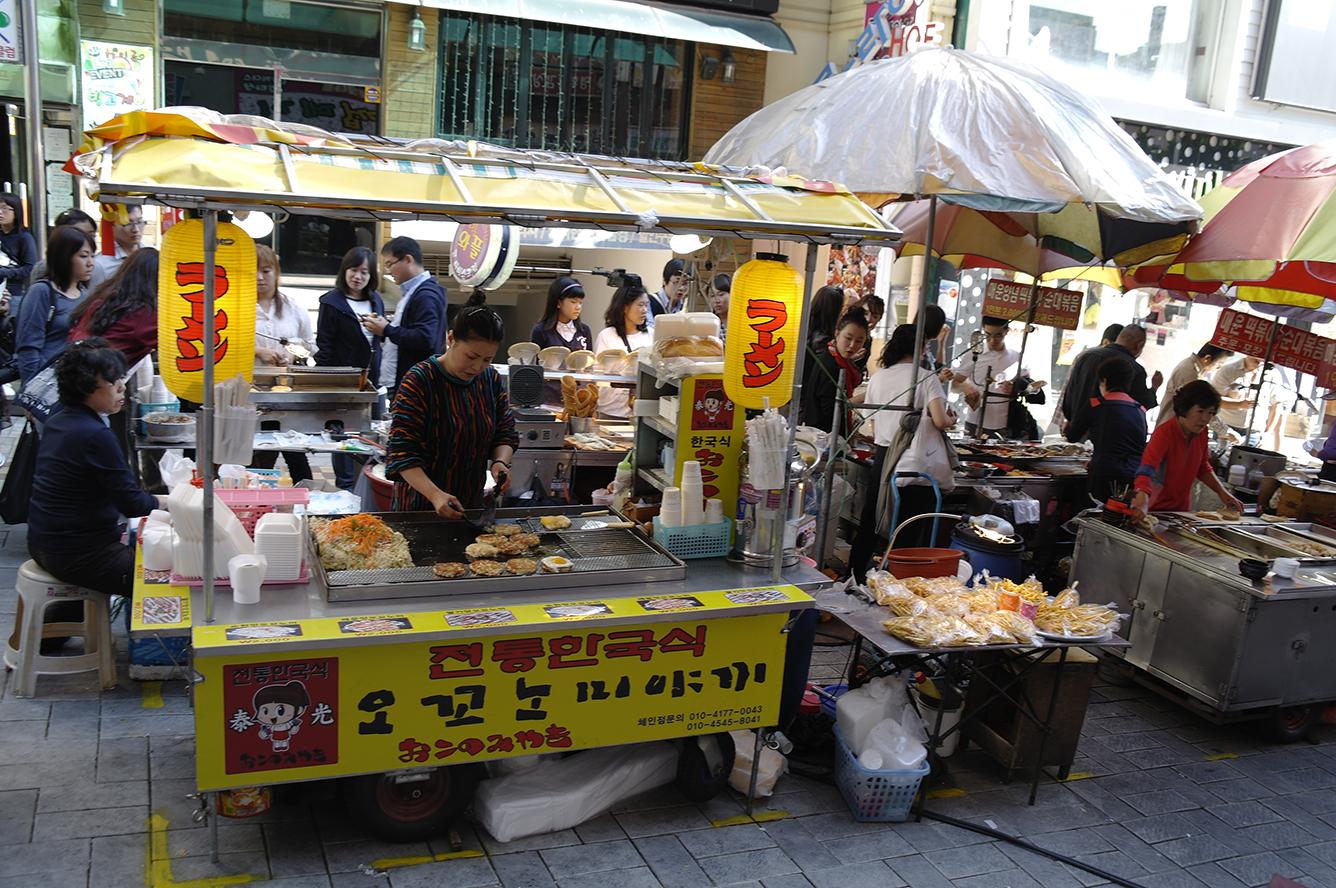

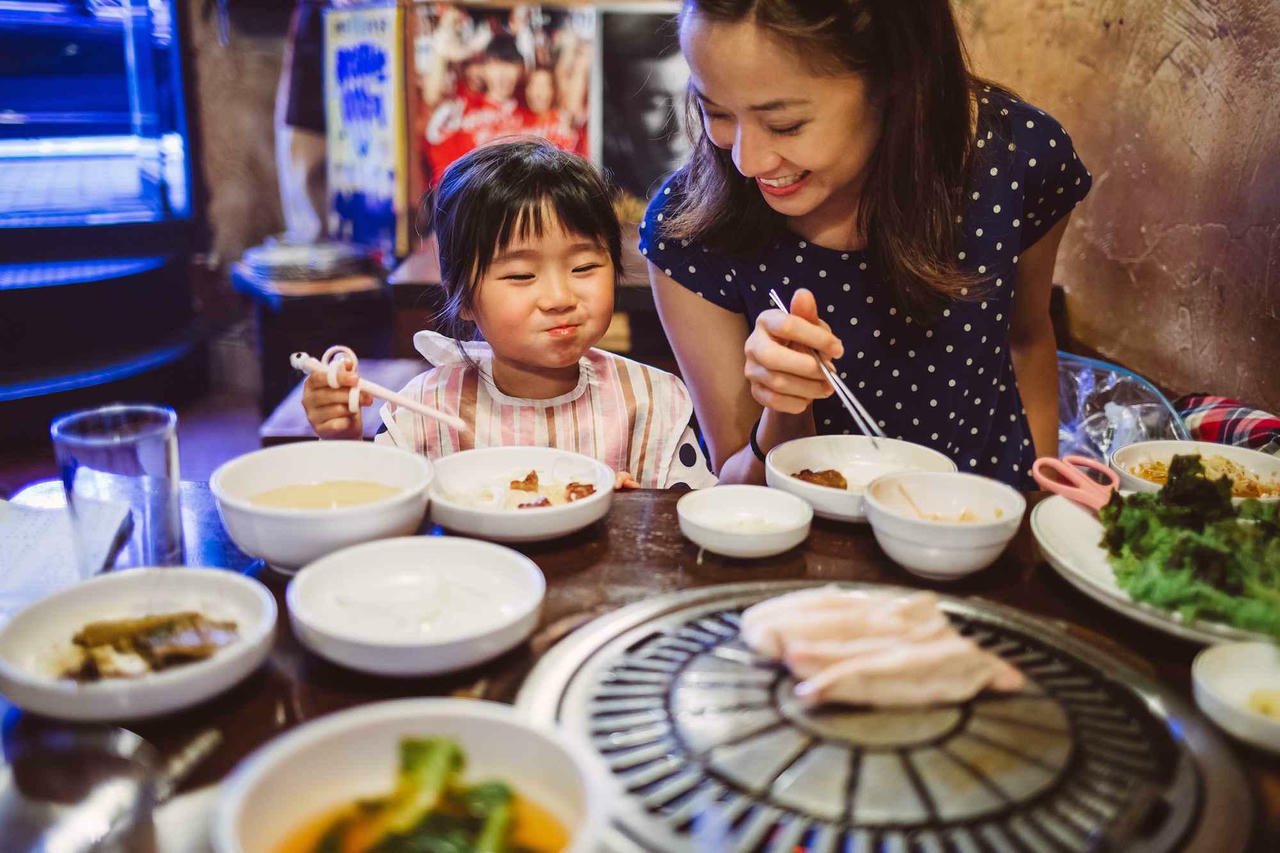
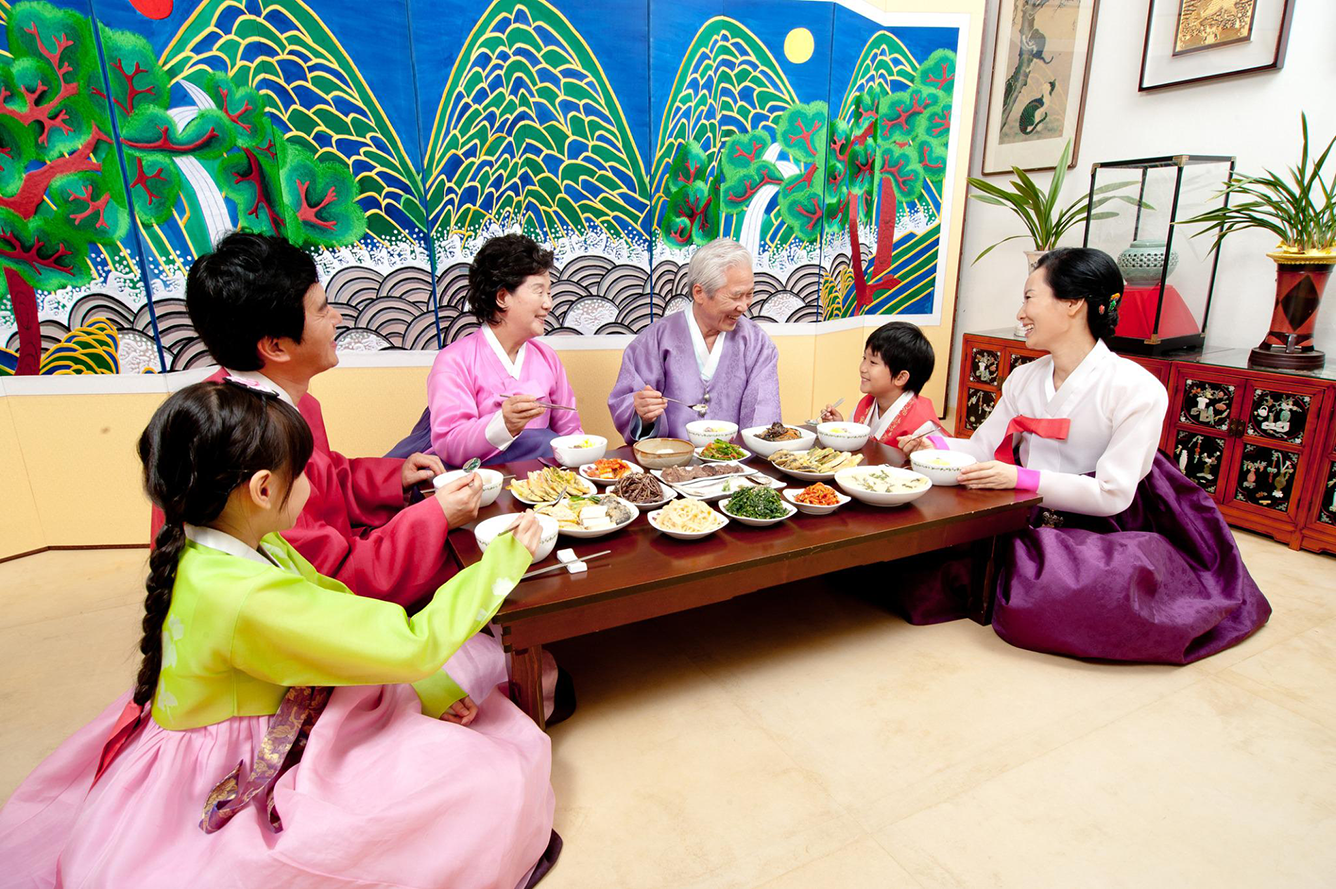
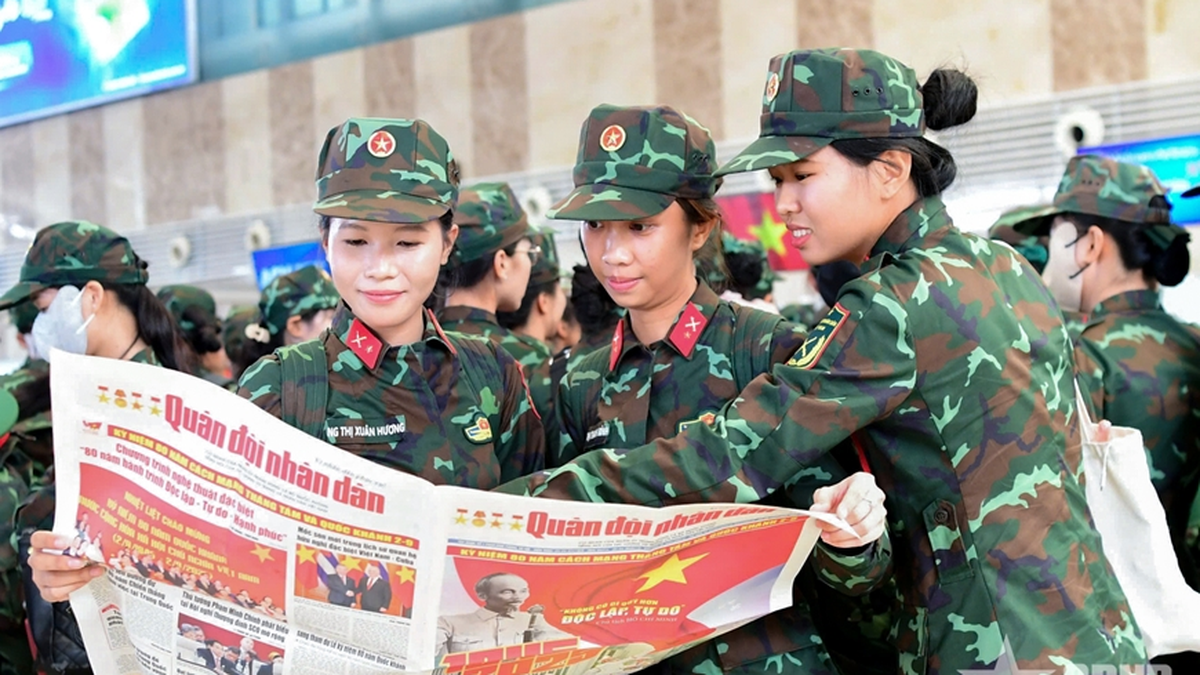






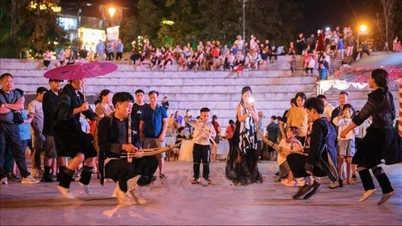









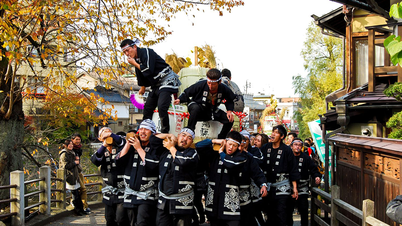

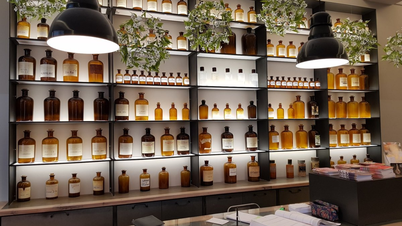



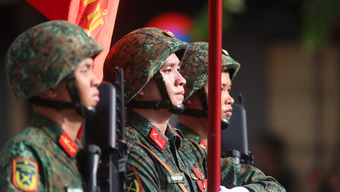






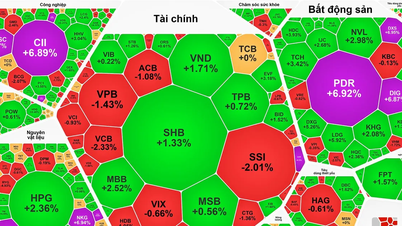










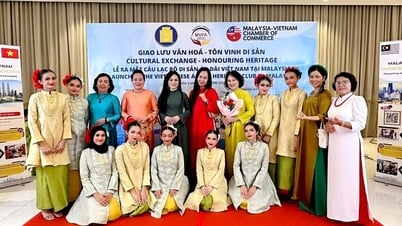




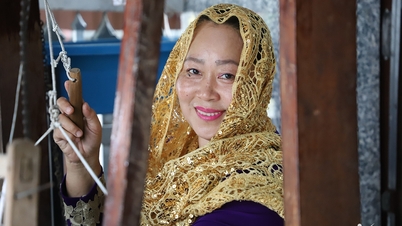









![[VIDEO] Petrovietnam – 50 Years of Keeping the Heritage Torch, Building National Energy](https://vphoto.vietnam.vn/thumb/402x226/vietnam/resource/IMAGE/2025/9/3/3f5df73a4d394f2484f016fda7725e10)

![[Photo] President Luong Cuong meets with Russian President Vladimir Putin](https://vphoto.vietnam.vn/thumb/402x226/vietnam/resource/IMAGE/2025/9/3/87982dff3a724aa880eeca77d17eff7f)
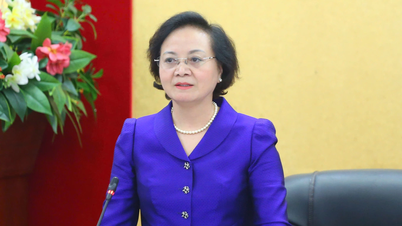


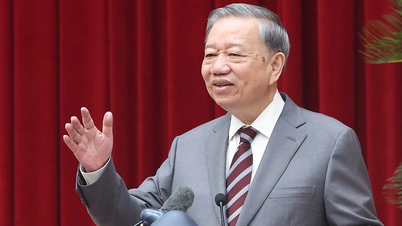

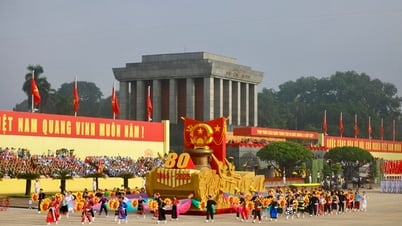










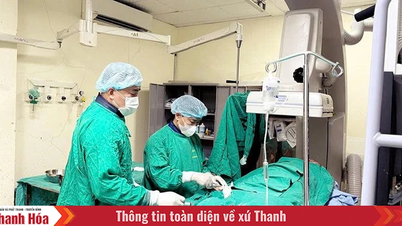








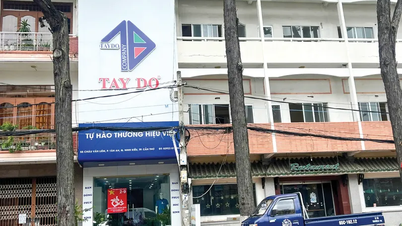

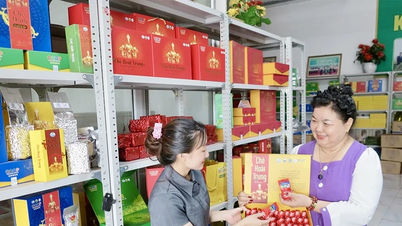

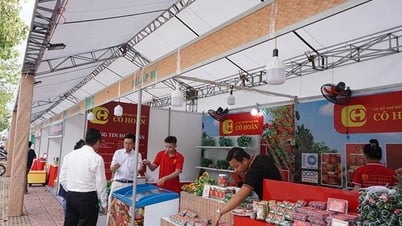

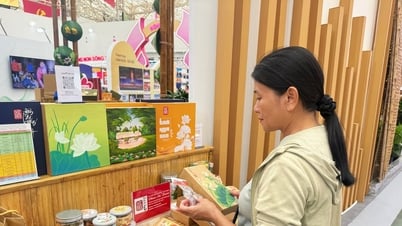



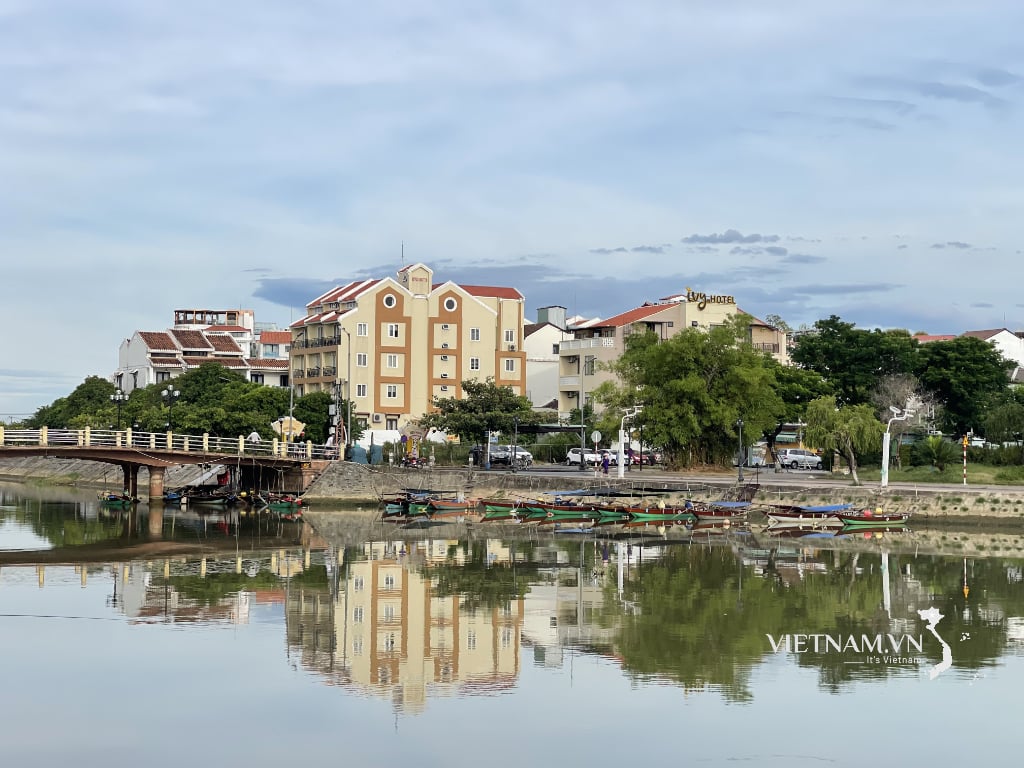
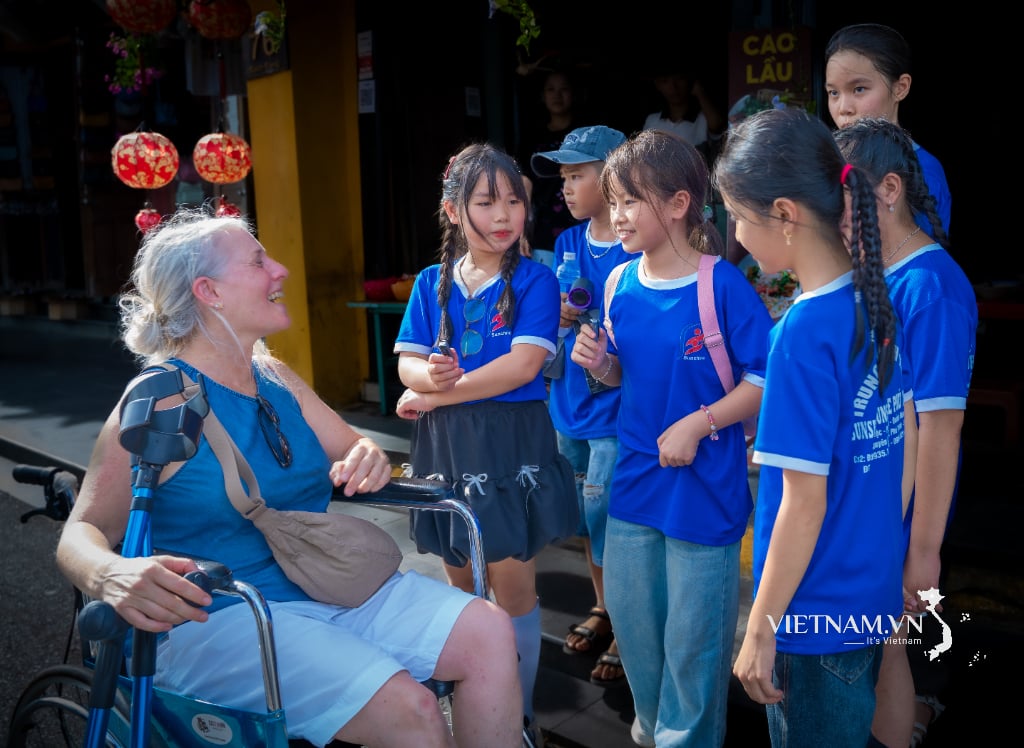
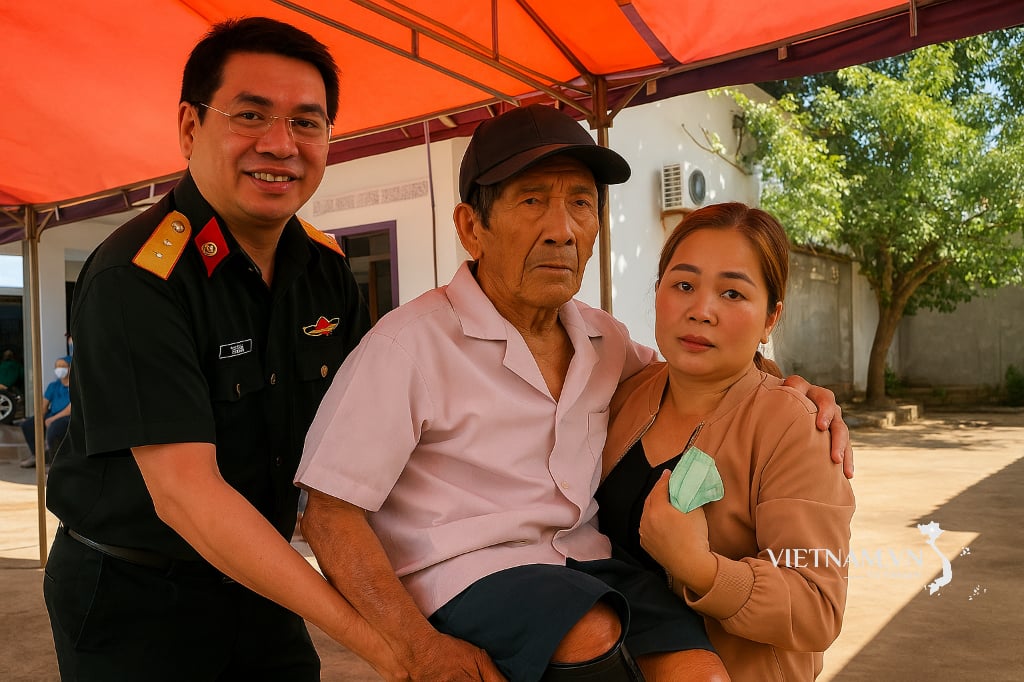
Comment (0)